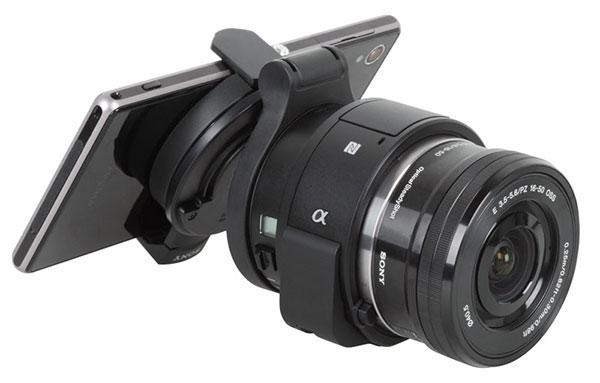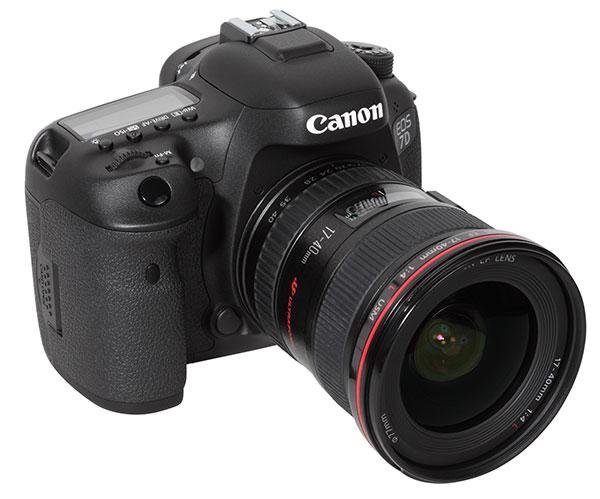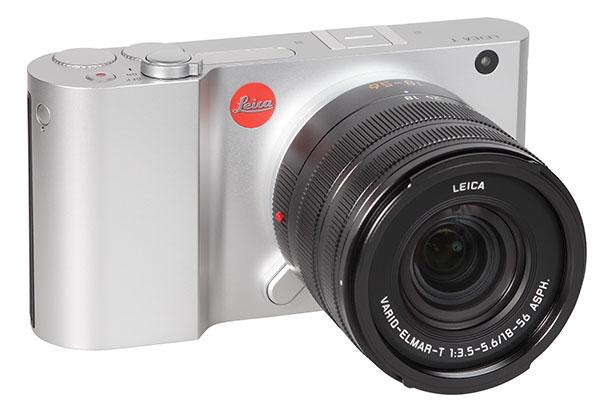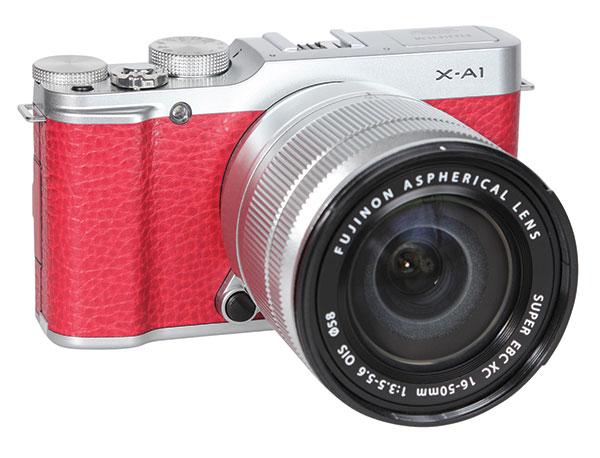Edited by George Schaub
|
Dec 11, 2014
|
Dec 02, 2014
|
Jul 29, 2014 |
First Published: Jun 01, 2014
|
Jul 15, 2014 |
First Published: Jun 01, 2014











